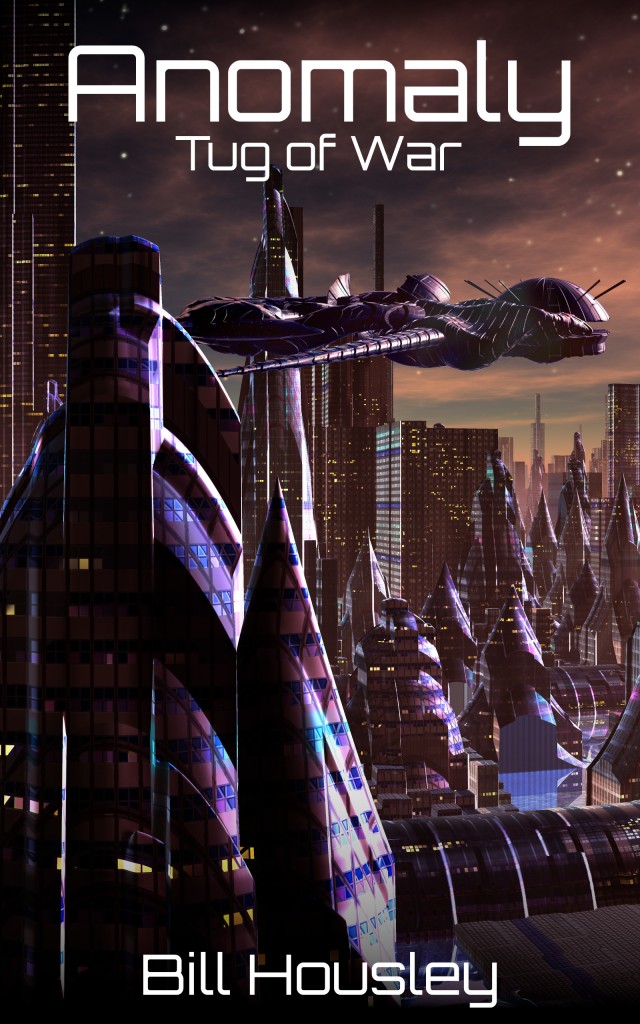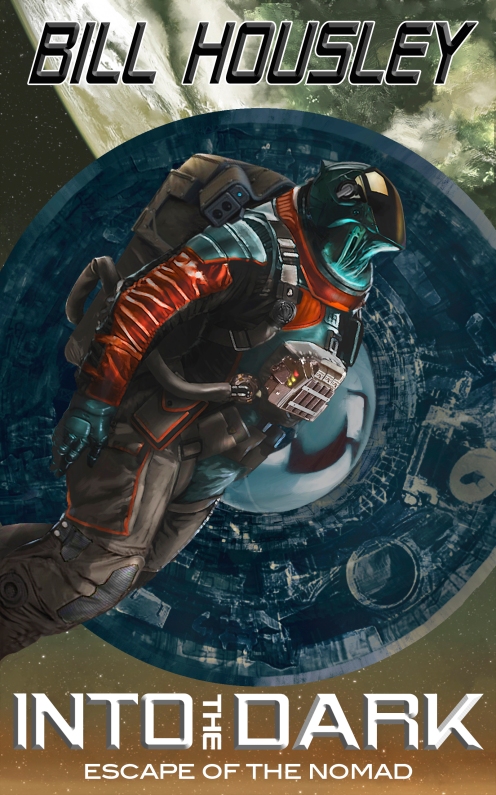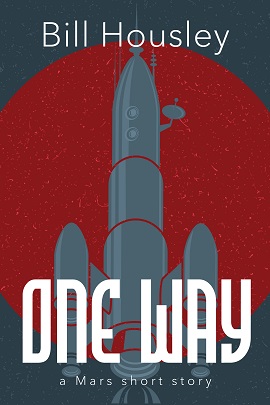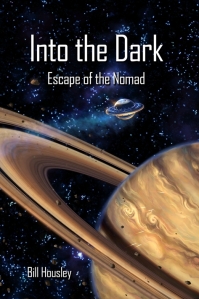Looking Back at the Moon
Scientists believe that the moon was born from a cataclysmic collision between the Earth and another planetoid, sometime in Earth’s early formative stages. They recently found it to be composed of a mixture similar to Earth and some other material that came from somewhere else.
Several times the cratered surface of the moon has renewed itself with volcanic events which resulted in lava flows. We see those flows as large dark splotches that early astronomers thought were seas. The really cool part is that Earth’s gravity eventually locked the Moon‘s rotation to its orbit so that the same, newer, heavier side of the moon with the dark surfaces faces us all the time and sort of resembles a face, leading to romantic references to “The Man in the Moon” looking down on us.
Now, for one night, many of our faces will be looking back.
Tomorrow night is the first annual International Observe the Moon Night (InOMN). For one night, folks all over the world will gaze at our nearest neighbor—some through binoculars or backyard telescopes, some at organized events.
The moon is a different thing when magnified. Pulling it up close with a telescope gives you a renewed perspective on it, makes it more “real”. The best time to observe it is when it is in its first or last “Quarter” phase, meaning that we see half of it is in sunlight and half of it in darkness. During those nights the moon reflects back only 10% of the light striking it, when compared to the light reflected by a full moon) and the contrast provided by shadow outlines the contours of the moon’s surface for a wonderful and detailed viewing experience.
I actually haven’t been paying much attention to the moon lately, so I’m not really sure what phase it’ll be in on Saturday, but I’ll check tonight. I’ll also be in my yard with my own wimpy telescope aimed at it tomorrow night along with half the world. Luna is low hanging fruit as far as telescope fun is concerned, because it takes very little in the way of magnification and telescope aiming skill to enjoy. The moon is also a target that anyone, even those in the brightly lit big cities, can see clearly.
The InOMN (http://observethemoonnight.org/) website provides a google map of moon observation events.
So go attend an InOMN event on Saturday night. Bring along a child and show them how cool it is to look at the moon. Watch their eyes sparkle as their imagination kicks in.
Clear Skies.
Related Articles
- How to Observe the Moon Saturday Night (space.com)
- Global Swoon Over the Moon Set For Saturday (space.com)
- September 18 is International Observe the Moon Night (universetoday.com)
- Observe the Moon Night Goes Global (spacefellowship.com)
- NASA reveals Moon’s ‘turbulent youth’ (go.theregister.com)














P.S. I Actually did check with the Old Farmer’s Almanac’s moon phase calendar (http://www.almanac.com/moon/calendar/) and we are past the quarter moon phase, which occurred Tuesday and Wednesday. But that doesn’t mean you can’t go out and see it on Saturday night. It’ll be nearly full and out almost all night if you have no clouds.